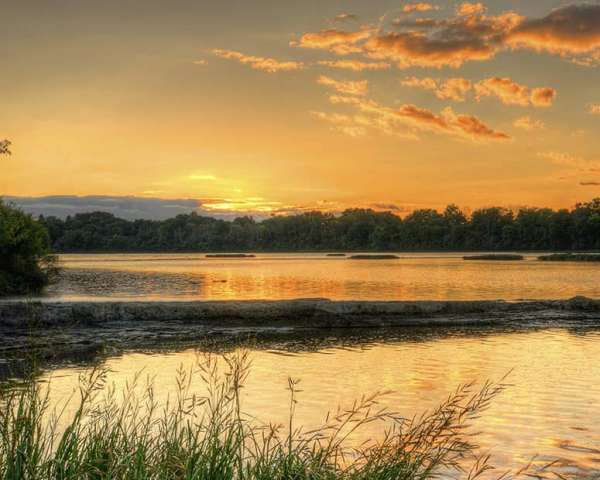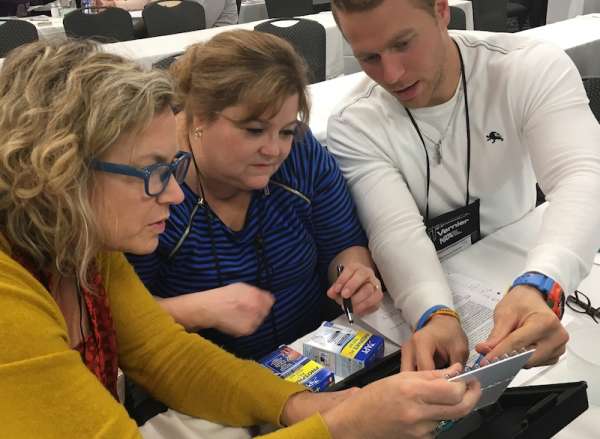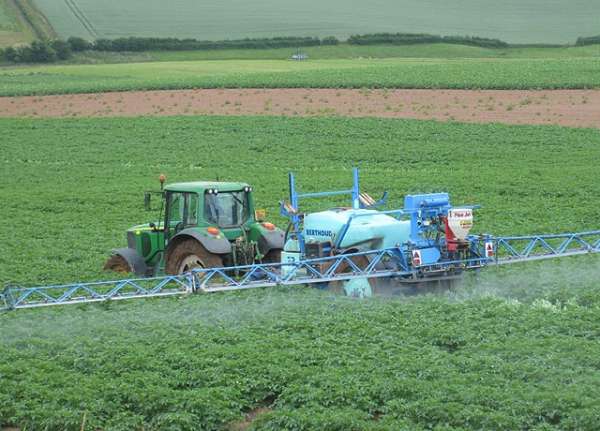Watersheds, wetlands and water quality data analysis
Lessons
# Water quality
Students investigate problems with water quality and determine how a wetland may reduce those problems.
Files
Teacher background
Water quality is impacted by many factors both biotic and abiotic, from weather patterns to topography as well as the type of plant and animal life within the body of water. Through research of local and regional watersheds, students begin to understand the human impacts on water quality and suggest solutions to address that impact.
All of us live in a watershed. The type of area we live within (rural, industrial, urban, suburban, agricultural) determines the amount and type of runoff that will drain from the surface of the land into the ditches, ponds, streams, and rivers, eventually reaching larger bodies of water. Ohio is divided into two major watersheds, the Ohio River and Lake Erie. Within each of those larger watersheds, there are many smaller ones. Having students investigate their watershed is a great way for them to begin this unit.
According to some estimates, we have destroyed or degraded 50% of the world’s wetlands through development, engineering projects, and agriculture. In some states the percentage is even higher. The United States is not alone. Many areas of the world have repurposed wetlands for use as arable land to feed growing populations. As a result, many of the valuable ecosystem services provided by wetlands have been lost.
One result of reduced wetland areas is more surface runoff reaching bodies of water that may have pollutants from human activities, such as heavy metals, nutrients from farm fields, overflow from septic systems, salt and oil from roads, etc. Wetlands slow the flow of water, have plants to filter pollutants, and provide protection from flooding in the case of large storms (which have been increasing in severity and number). The vital services that wetlands provide make a case for restoring them.
Resources
Next gen science standards
Science and engineering practices
- Developing and using models
- Analyzing and interpreting data
- Constructing explanations (for science) and designing solutions (for engineering)
- Obtaining, evaluating, and communicating information
Crosscutting concepts
- Cause and effect
- Systems and system models
- Stability and change
Disciplinary core ideas/content
- ESS2C The roles of water in Earth's surface processes
- ESS3A Natural resources
- ESS3C Human impacts on Earth systems
- LS2C Ecosystem dynamics, functioning and resilience
- ETS1 Engineering Design
- ETS1B Developing possible solutions
- ETS2 Links among Engineering, technology, science and society
- ETS2A Interdependence of science, engineering and technology







Share this